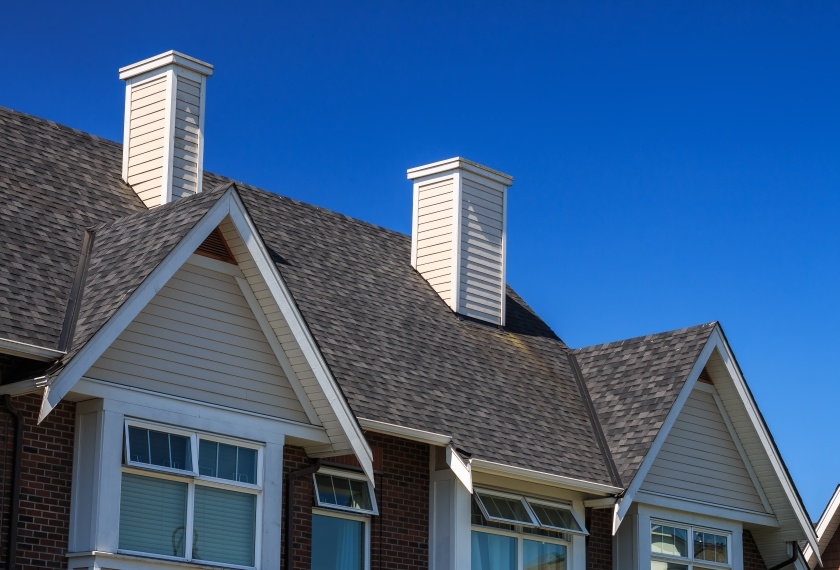Winter-The Reason Chimney Leaks Love Spring
Winter weather can be harsh on chimneys. Rain, snow, wind and temperature variations are the most common causes of chimney leaks. Most homeowners will call a chimney services professional for a chimney sweep, to clean out their chimney and perform a chimney inspection. Besides cleaning the creosote buildup, they will check the performance of the chimney by inspecting the chimney construction. Spring is the perfect season for a chimney cleaning.
Let’s look at some common problems, causes and fixes for chimney leaks. Many of these concerns may start out as small problems. If not addressed in the early stages, these could mushroom into major disasters that could be expensive to repair.
Chimney Flashing
Flashing is the metal piece which surrounds your chimney and directs water away from where your chimney and roof meet. It is usually sealed with waterproof tar or caulking.
- Possible Causes-The most common cause is that the sealant has cracked or worn away. The flashing may not be installed correctly or has deteriorated over time.
- How to Fix It-Remove and replace the damaged sealing material. Specialty sealing products will last longer than tar or caulk. Replacing flashing is best left to a specialist in chimney construction.
Chimney Cap
This is the cover that keeps rain and animals from entering your flue.
- Possible Causes-A chimney cap may not be present or it may be cracked.
- How to fix-Have a new chimney cap installed.
Spalling or Water Absorption
Bricks and mortar are porous, meaning they absorb water. The water escapes by running down the bricks, usually into your home.
- Possible Causes-Temperature changes will cause cracks in the material, especially when water soaked.
- How to Fix-A visual chimney inspection will identify obvious cracks. To determine if your bricks are holding moisture, ask for a Masonry Absorption Test (MAT). Repair cracks using hydraulic mortar, which is non-porous. Apply a sealant after repairing.
Chimney Crown
The cement cap on the top of the chimney keeps rain out.
- Possible Causes-Small cracks allow water to enter the crown. When the water freezes and thaws, the cracks grow.
- How to Fix-Patch small cracks and seal with a waterproof sealant. For large cracks replace the cap. Always seal new caps.
Condensation Inside the Flue
Gases travel up the flue and cool down, releasing moisture which clings to the inside of the chimney.
- Possible Causes-A flue liner may not be present. If there is a flue liner it may be too large, allowing the warm gases to cool before exiting the chimney. The flue may also be clogged with creosote.
- How to Fix-Have a chimney services professional cleans the chimney. Installing a correctly sized flue liner will help create an efficient updraft.
The Cricket
A cricket is a small peaked roof that diverts water away from the chimney.
- Possible Causes-Without a cricket water pools on the back side of the chimney. This causes deterioration of the flashing, cracks in the sealant and allows water to seep into the bricks and mortar.
- How to Fix-Your chimney sweep can inspect the integrity of your cricket. If there is no cricket present, have a professional roofer install one.

